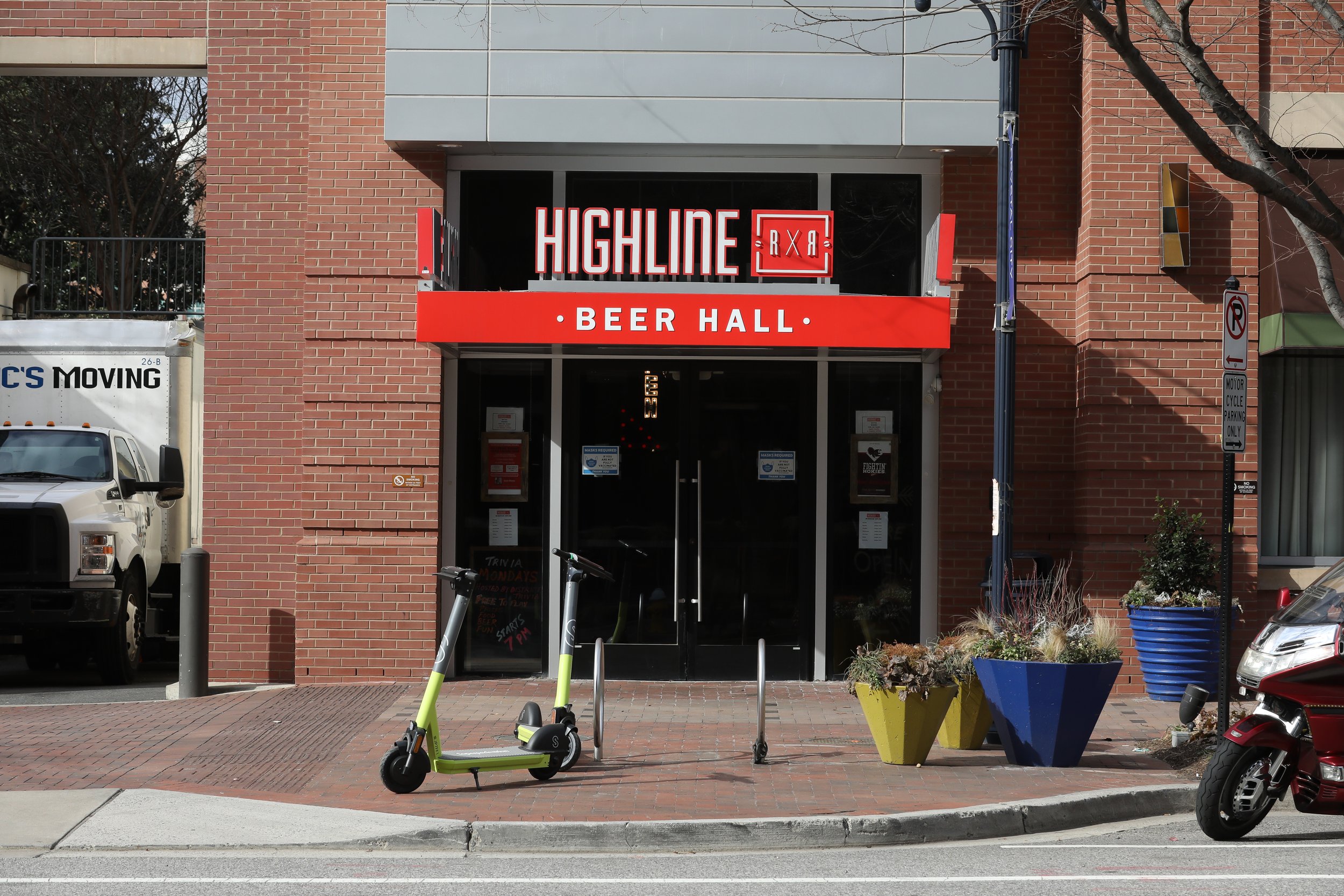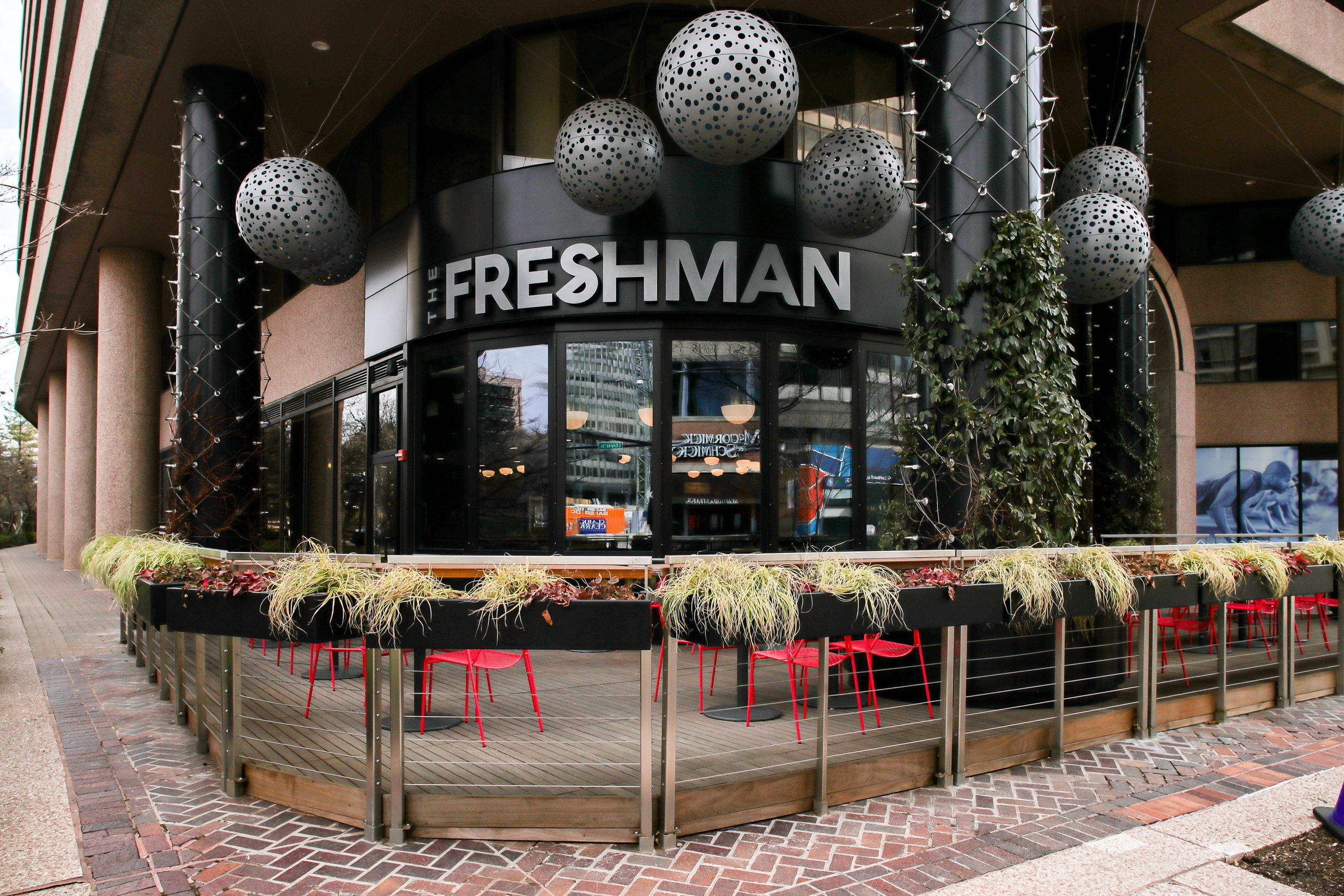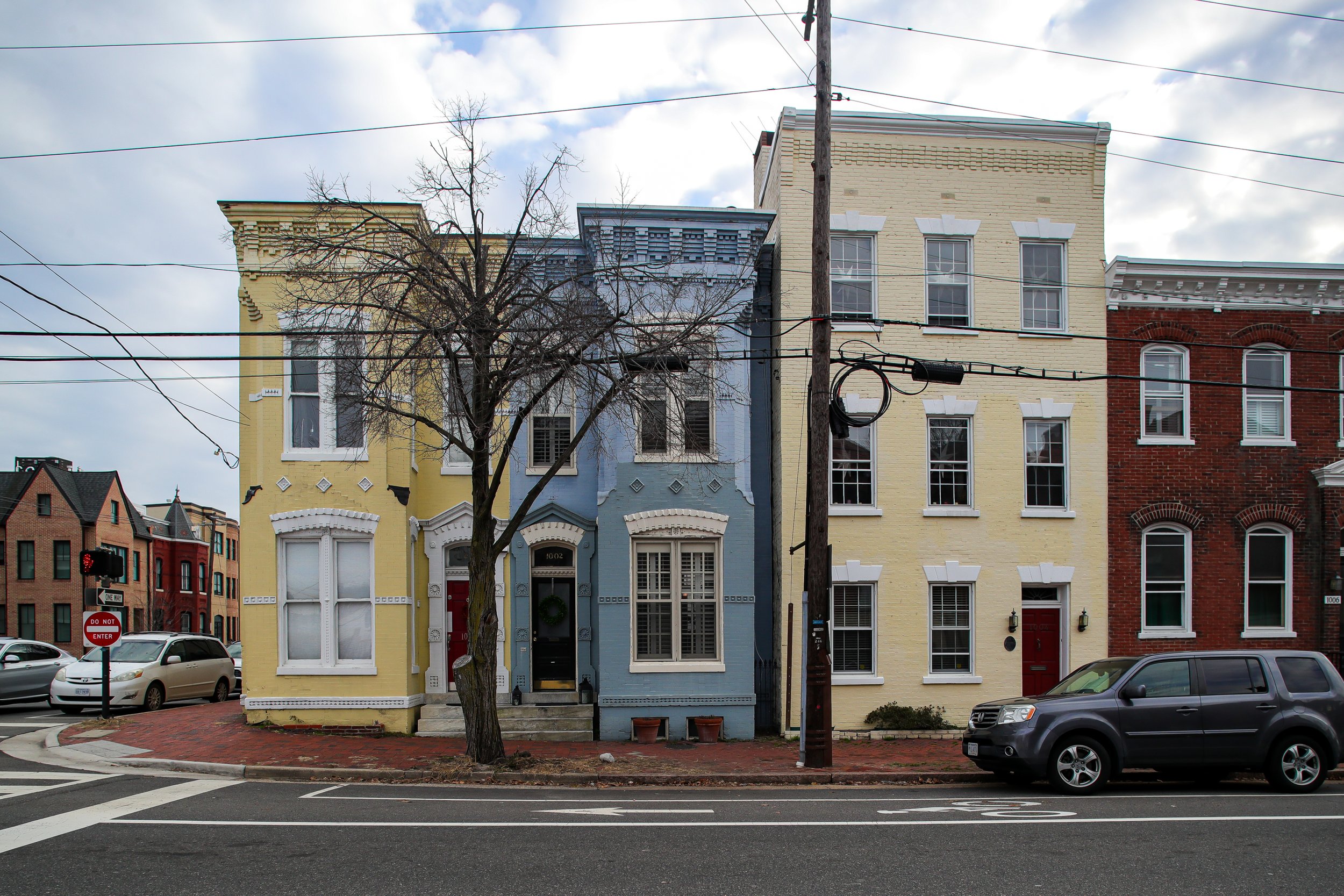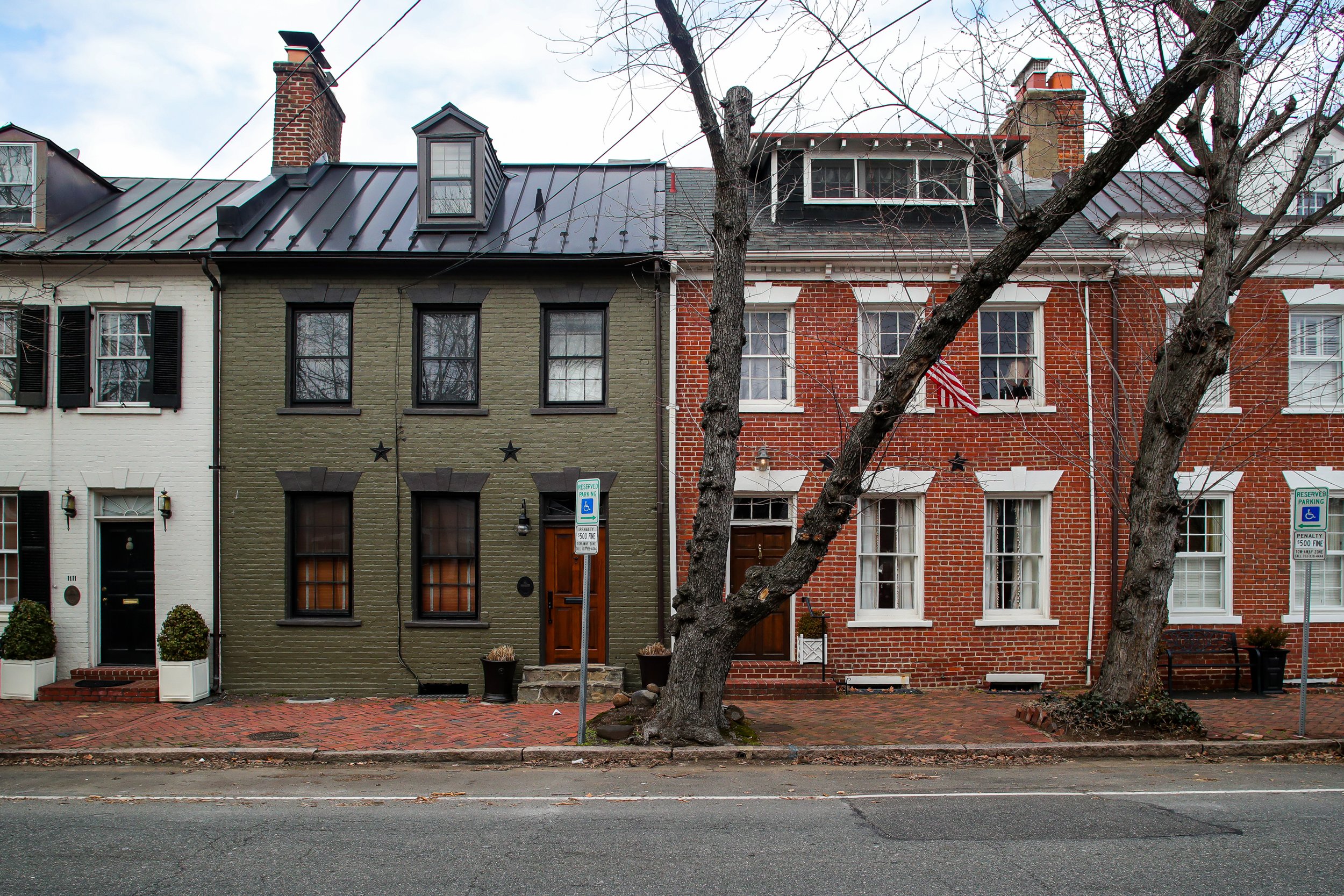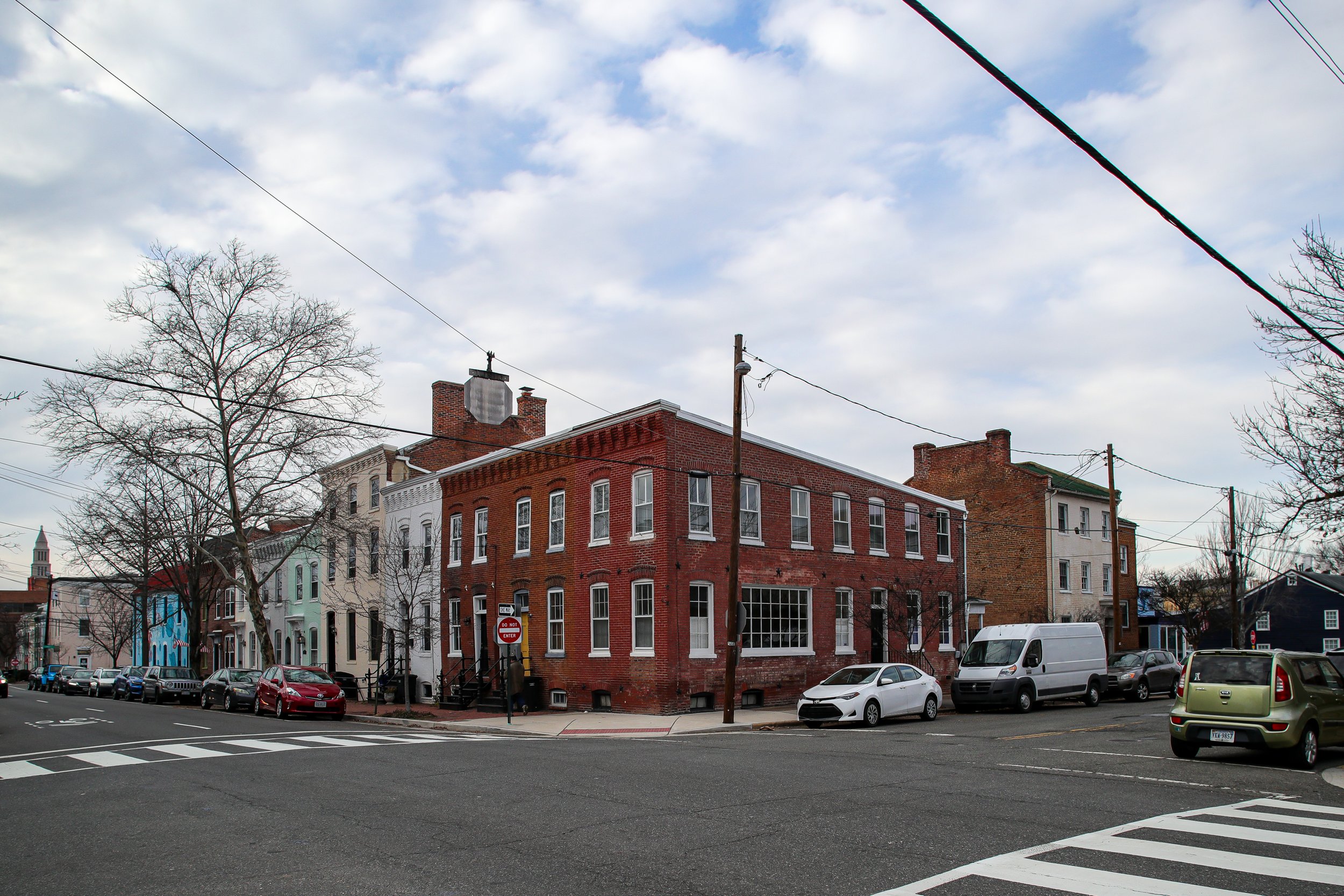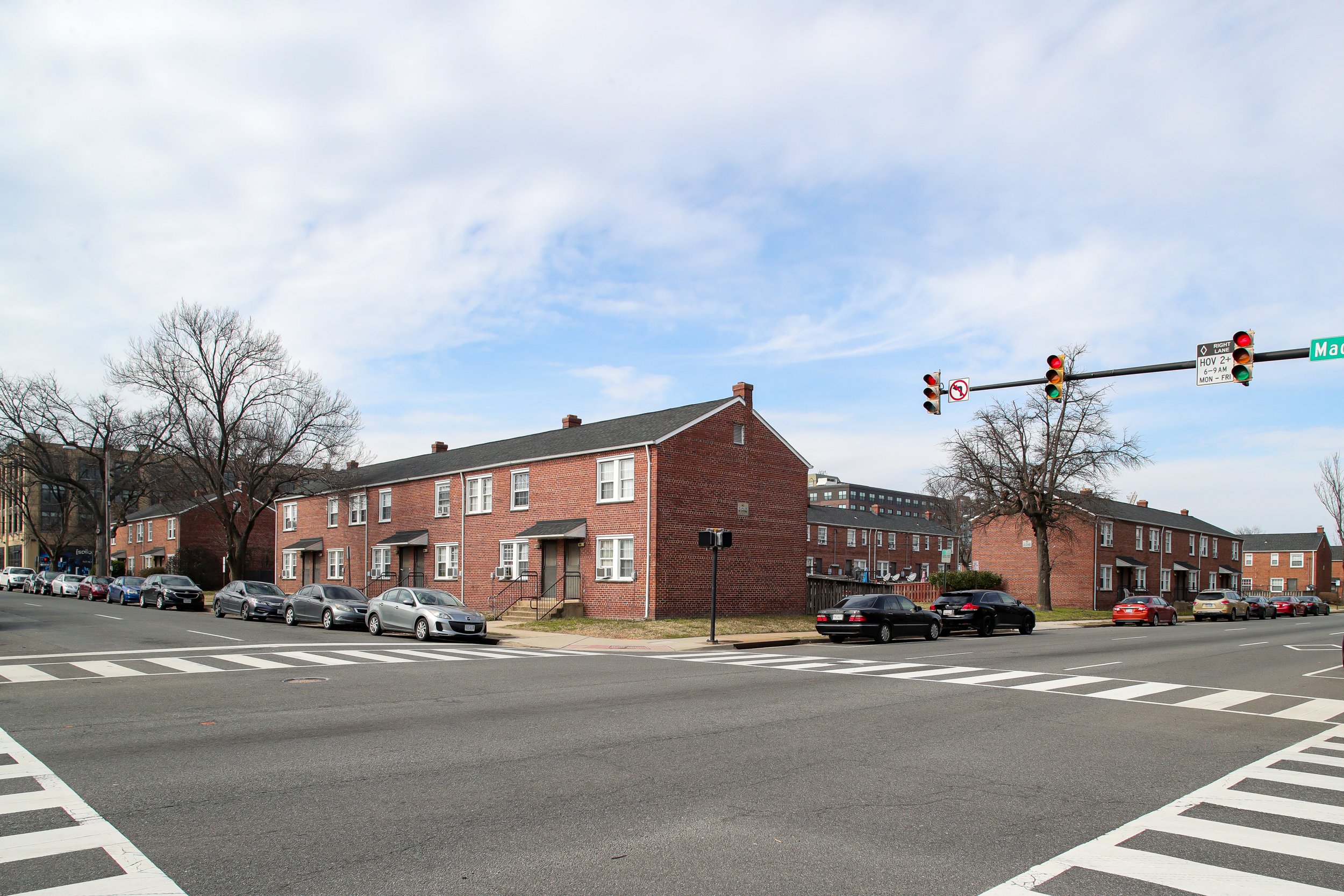I’ve long been a fan of the work of Chris Arnade—particularly his book Dignity—and while I don’t think Mr. Arnade would describe himself as a journalist, I read Dignity just as I commenced working as a professional photojournalist and his work struck me both professionally as well as influencing how I look at elements of public policy.
Since publishing Dignity, Arnade has continued his “walks” where he picks a town in America (or elsewhere) and, well, walks through it, to show both how people live but also support his broader sociological theses. Recently, he did a walk from Alexandria, VA to Washington DC, a walk I was excited to read about since, well, he’d be walking not too far away from where I live. And yet, after following along with that day, I felt that he “left a little on the table” as it were. Now, I understand that he was trying to make a larger point, contrasting the area with the Anacostia neighborhood in DC, and some of his broader criticisms still rang true. But regardless of the parts I agreed with or not, I was inspired to take my own walk—to explore these neighborhoods and see and share what’s there.
Unlike Arnade, I’ve always been more interested in the environment that people live in, rather than the people themselves (though that began to change after reading Dignity). Nonetheless, this walk is very focused on the built environment of Northern Virginia.
As it happened, we recently had an unusually warm Saturday in February and after weeks of being cooped up indoors, I was ready to explore.
The City of Crystal
Crystal City, Virginia is one of the older Northern Virginia suburbs but it really started to come into its own, as it were, in the early 60s as the older light industrial portions of the neighborhood were torn down to make way for development. Crystal City is dominated by mid-century brutalist architecture, owing to when it started to be built out, and has long had a reputation as being quite boring, if a somewhat cheaper place to live. However, while it may be damming with faint praise, it can also be said that “it’s gotten better” over the years. Let’s see if that’s the case . . .
We begin our hike at the Crystal City Metro stop. There’s a lot of Brutalist architecture in DC in general and Crystal City in particular and it’s a style that I have very mixed thoughts on. But I’ve always liked the design of the DC Metro—which is why I was stunned to learn that these canopies were not original to the system design, only being added years later. Enjoy the view—this is some of the better brutalism we’ll see all day.
Tell me you were built in the 60s and 70s without telling me you were built in the 60s and 70s.
Even as a kid, I found these Brutalist parks disorienting and as an adult, I always wonder what the point of them is—they feel like the sort of thing a developer adds to a plan to satisfy local government requirements for “parks” or “greenspace” but it seems like they’re never really used organically. Like, you’d go to an event held in one but who ever just goes and relaxes in one of these things?
New construction in Crystal City—something dynamic and beautiful, no doubt!
There’s a whole lot of this in Crystal City . . .
And even more of this.
And while the eating and nightlife options have gotten better in recent years, they are still heavily slanted towards the weekday lunch crowd.
But bars and more interesting—or, at least, non-chain restaurants—are slowly coming to the neighborhood. And while there’s a number of chain restaurants too, dining options in Crystal City aren’t as bad as they used to be.
Of course, some might say that Crystal City has always had a vibrant nightlife! The joke here is that the Crystal City Restaurant has been here for years but the “Gentleman’s Club” addition to the sign is relatively recent and stories about of tourists blundering into what they thought was a local diner abound (though why tourists were in Crystal City in the first place, I never fully understood).
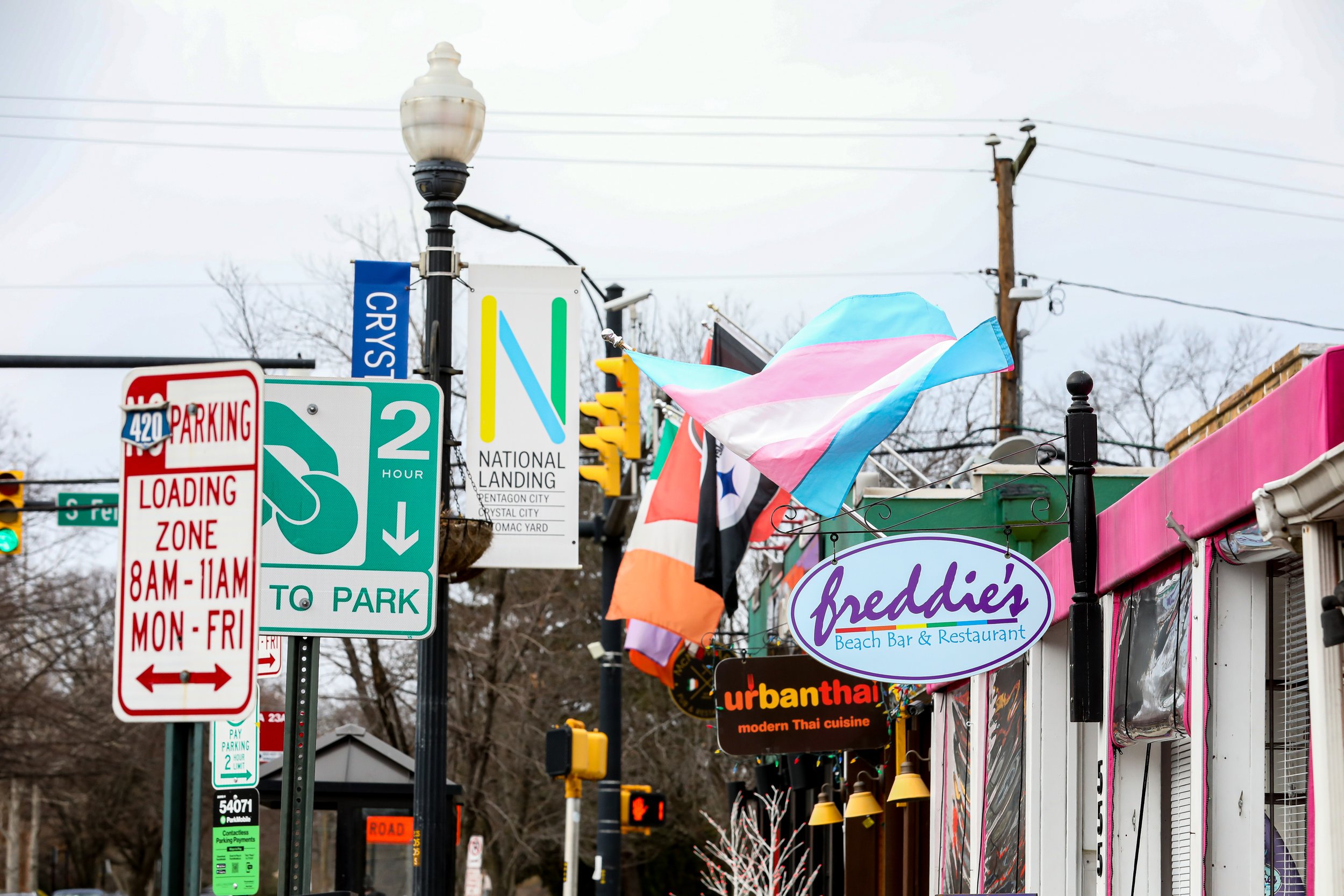
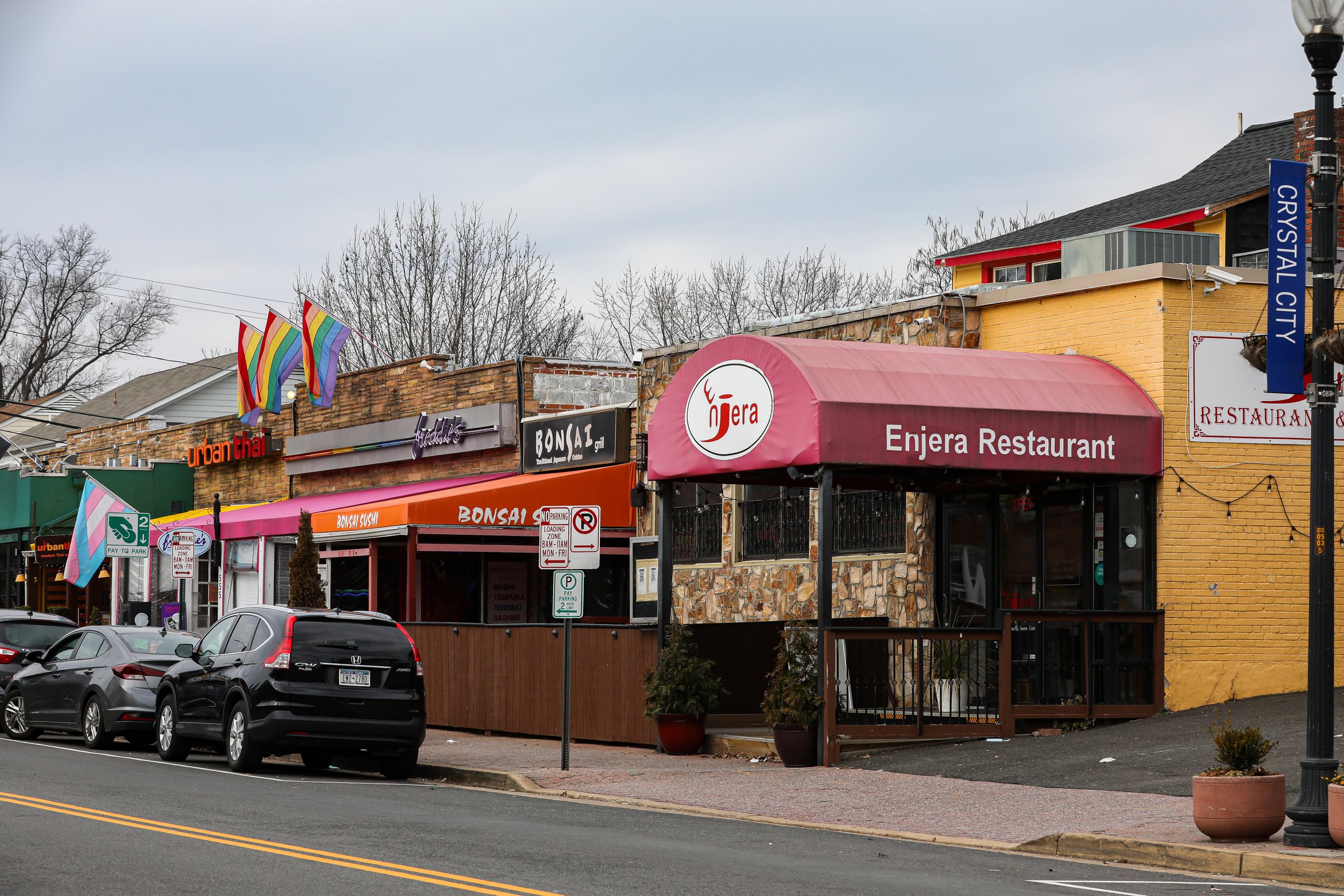
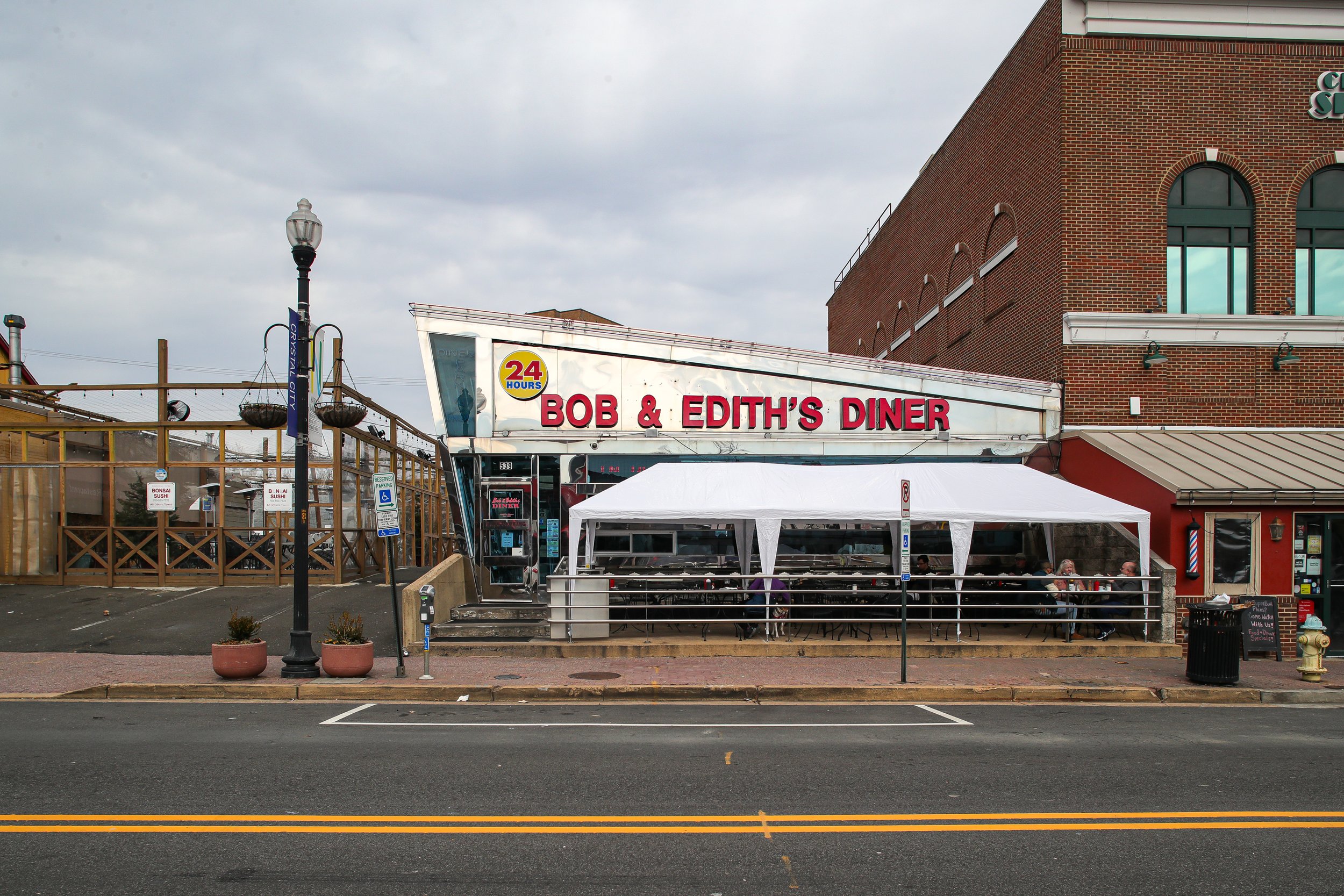
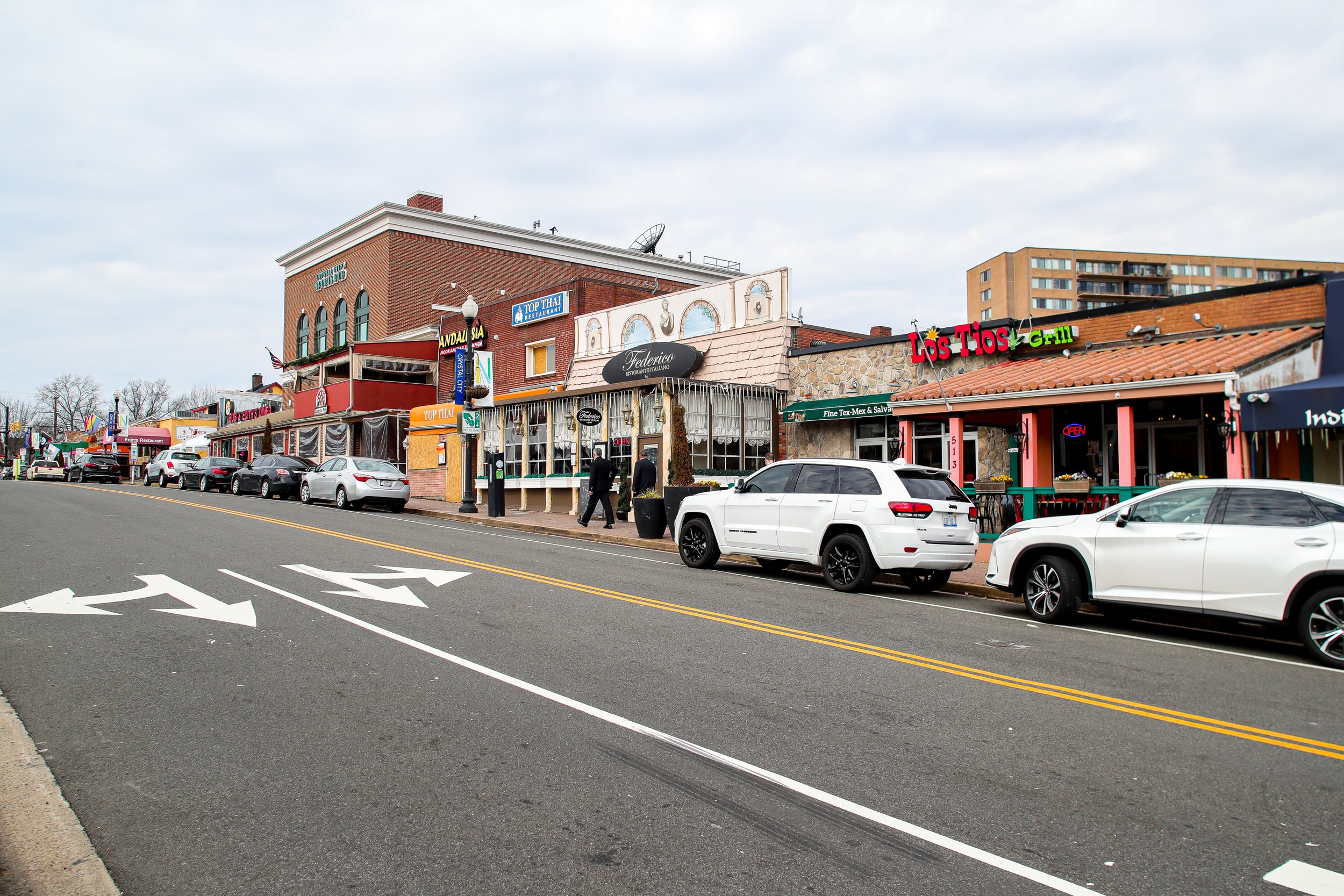
But if one goes a few blocks away. onto 23rd street, you can find Crystal City’s “restaurant row” where, despite the mid-century brutalism-dominated business district nearby, an incredibly diverse set of dining options line both sides of the street.
I don’t know that approaches to airports ever look inviting. And yet, if you were to turn around 180 degrees . . .
This is the view that you would be greeted with.
I wonder if the building in the middle will age architecturally any better than the ones on the wings.
Into the Yard
Located between Crystal City and Alexandria, the Potomac Yards has been one of the fastest developing neighborhoods in the area over the past ten plus years. And unlike so many modern developments that are given faux-industrial names, Potomac Yard was, in fact a railroad yard. Indeed, the Richmond, Fredericksburg & Potomac’s Potomac Yard was, at one point, one of the largest railroad yards on the east coast. But changing traffic patters in the 80s—primarily brought about because Amtrak banned freight traffic on the Northeast Corridor after a horrific crash in 1986—led to the decline of the yard and it was finally closed in 1989. It has been slowly redeveloped ever since. As to how well, well, let’s see . . .
A friend of mine once described these types of apartments as “lawyer dorms” and I can never think of them as anything else now.
Again, who is this park actually for? I did this hike on a February day where the temps were threatening to reach 60 degrees and yet, the only person I saw out here was a lone dog walker.
About the only remnant of the yard itself is this bridge over Four Mile Run.
There isn’t much unbuilt space in the area remaining and this construction is one of the last major infil projects. Seeing that it’s a satellite campus of a university immediately made me think of Arnade’s “Front Row/Back Row” distinction. I’m sure this will be used . . . but is it necessary?
Most of the former yard has become a very large strip mall.
While I appreciate the nod to the area’s history, that photo was not taken in Potomac Yard nor in any railroad facility in these United States.
South of the mall, Potomac Yard has been developed into a residential neighborhood and, well, one can always use a fire station when that’s the case. But this sort of architecture just leaves me cold—it’s trying to give a sort of community vibe, like this is some sort of old building that’s been part of the community for decades and yet, I’m left with a distinct uncanny valley feeling. Like Disney-fied version of what community should be.
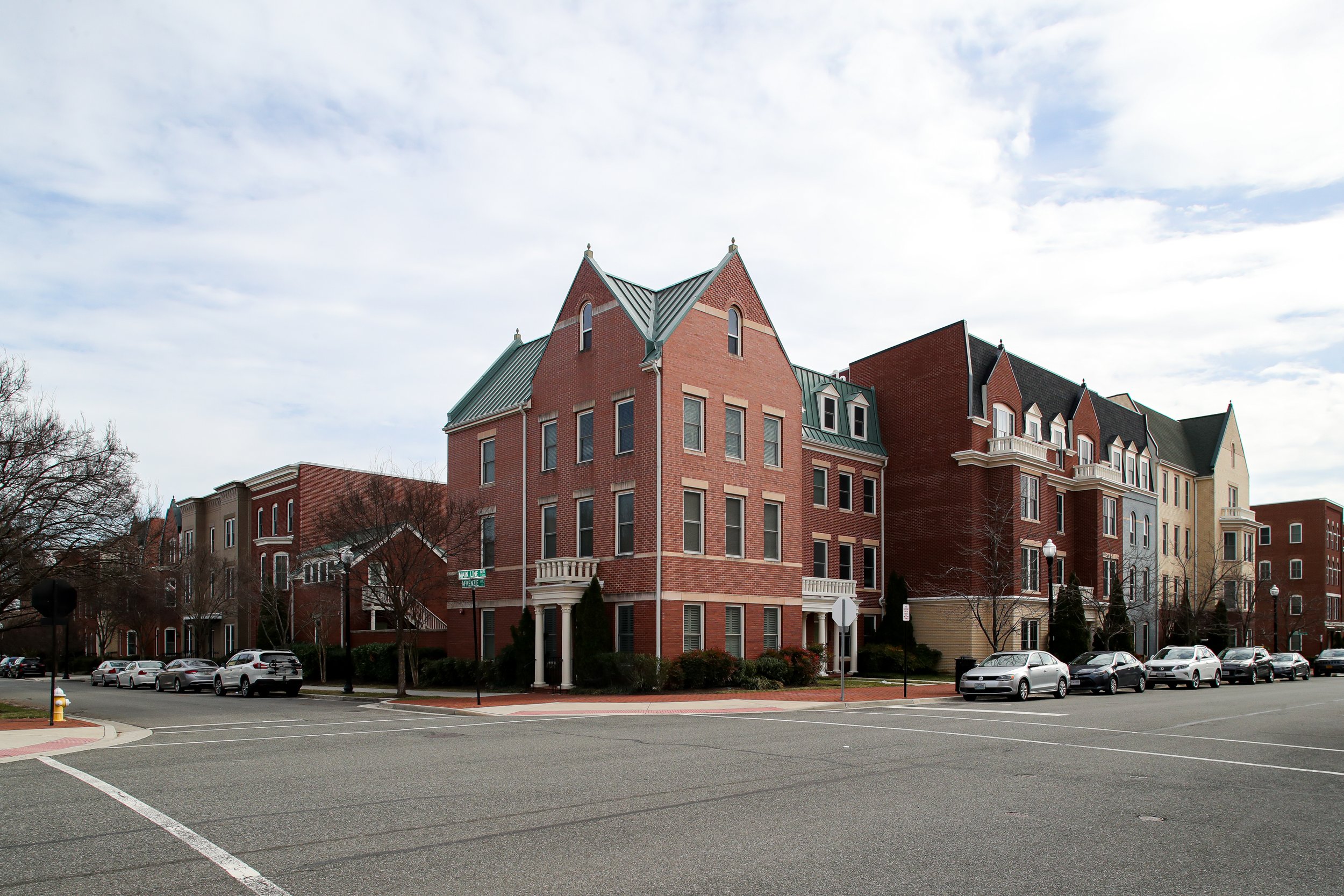
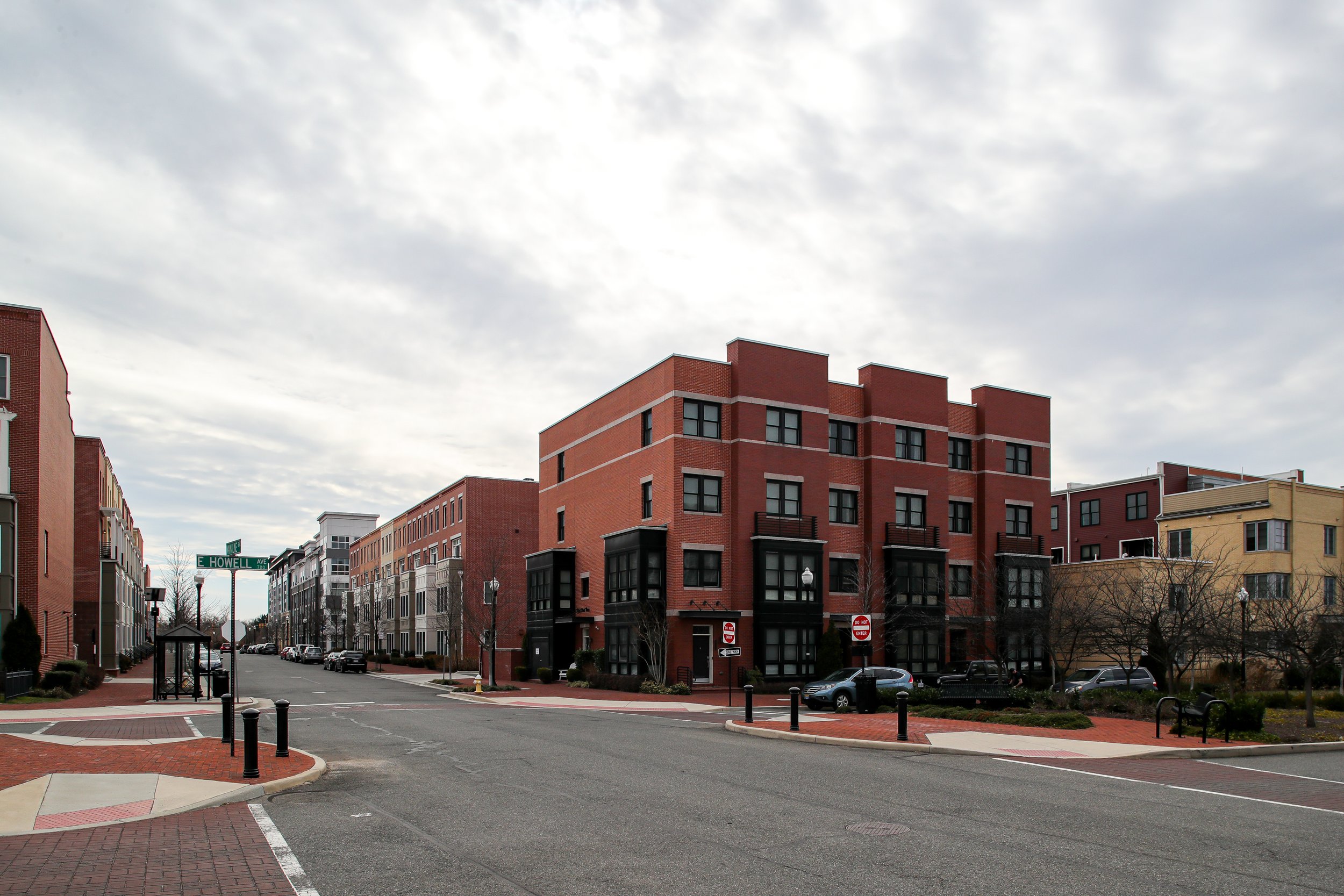
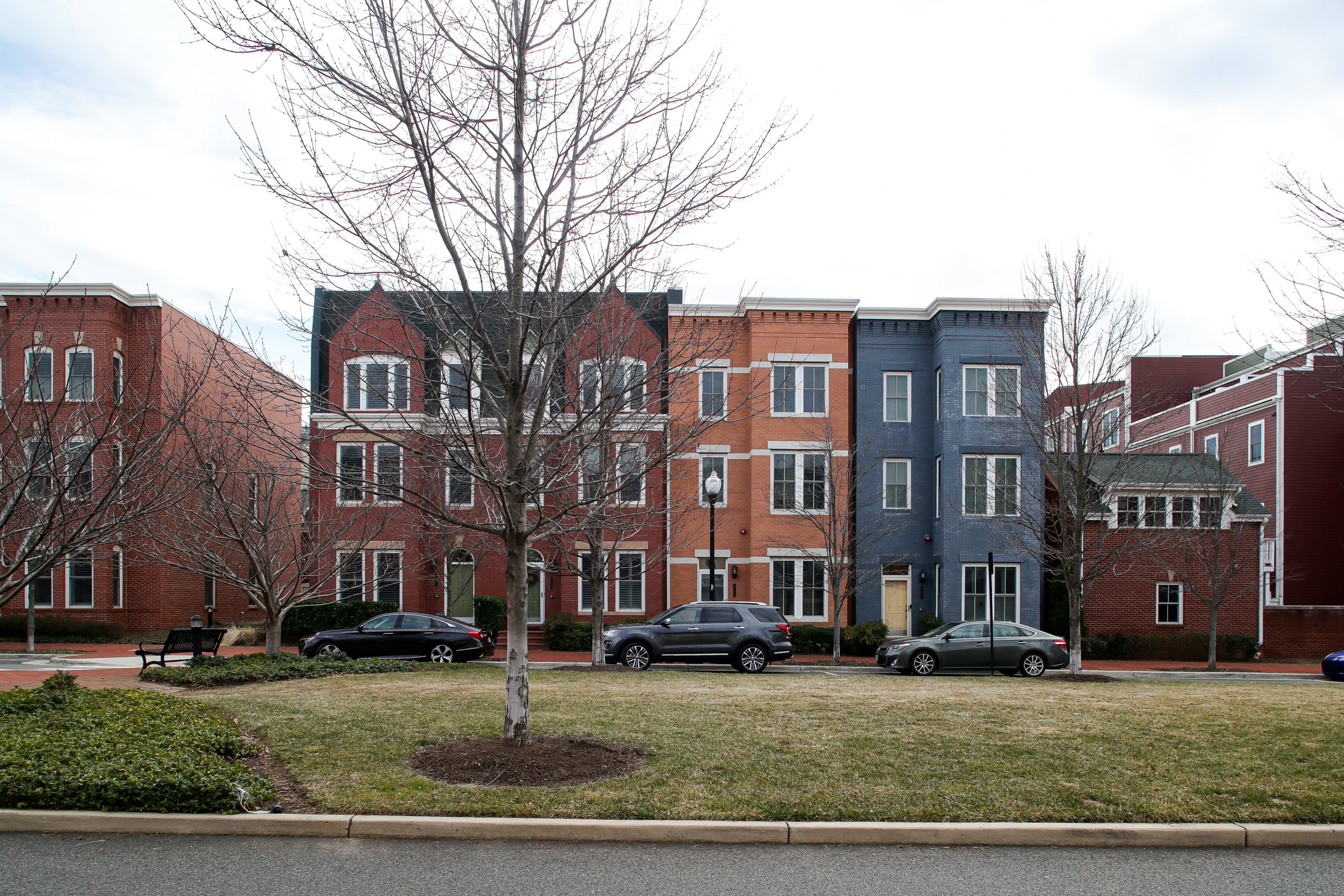
The architecture of the townhouses themselves is much the same—a mishmash of styles thrown together, with some being quite modern and other attempting to echo the rowhouses of DC, right across the river. And yet, everything is too sharp, too new.
But at least some attempts have been made to remind the residents that where they live was at one point, a place of industry and labor.
Del Rey/North Alexandria
Del Rey is an old neighborhood and one that used to co-exist with the Yard. As such, it has a much more organic feel as opposed to all of the new construction going up on the other side of Route 1. I only skimmed along the outskirts of it as I didn’t have time to detour in further—a place to investigate on another day.
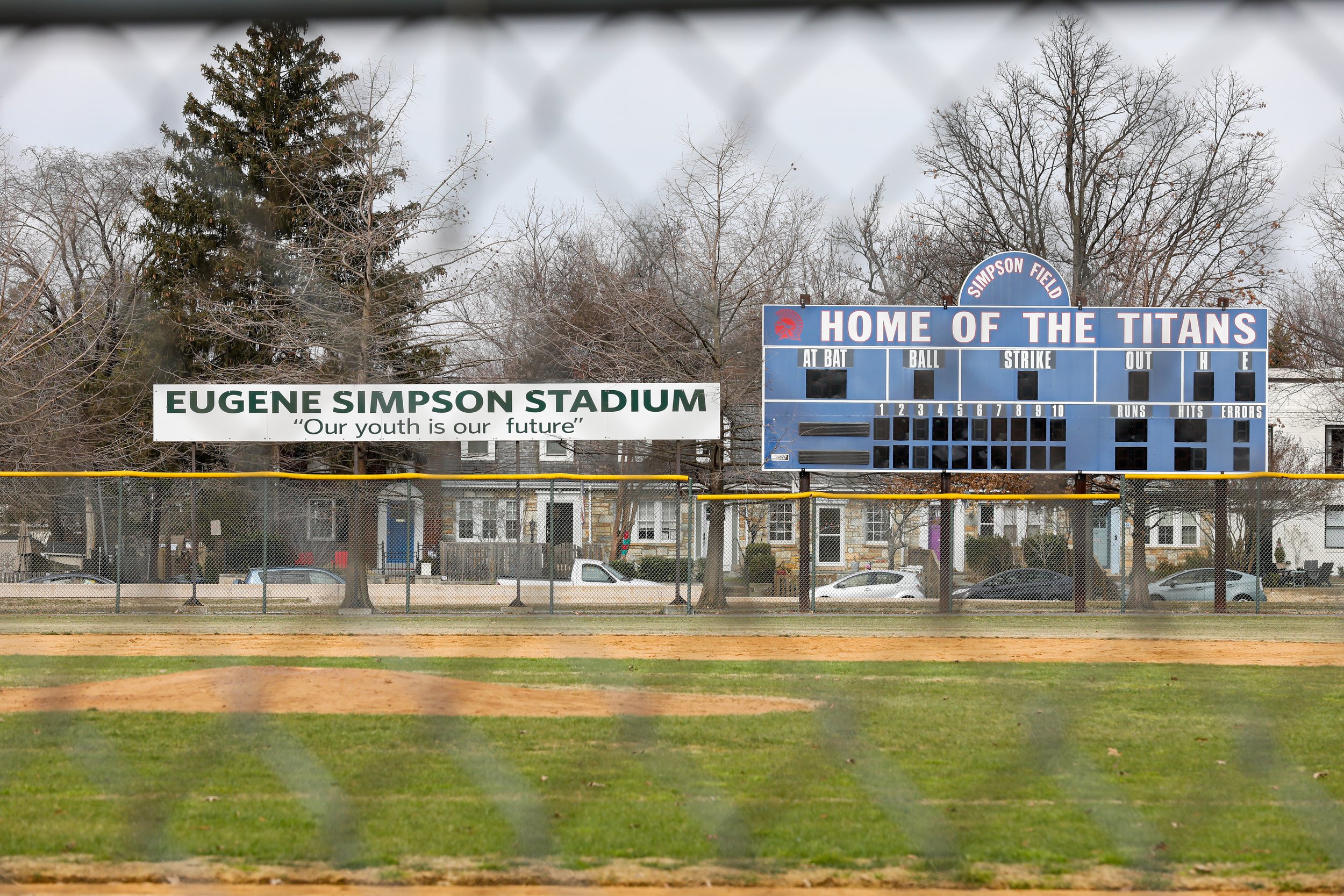
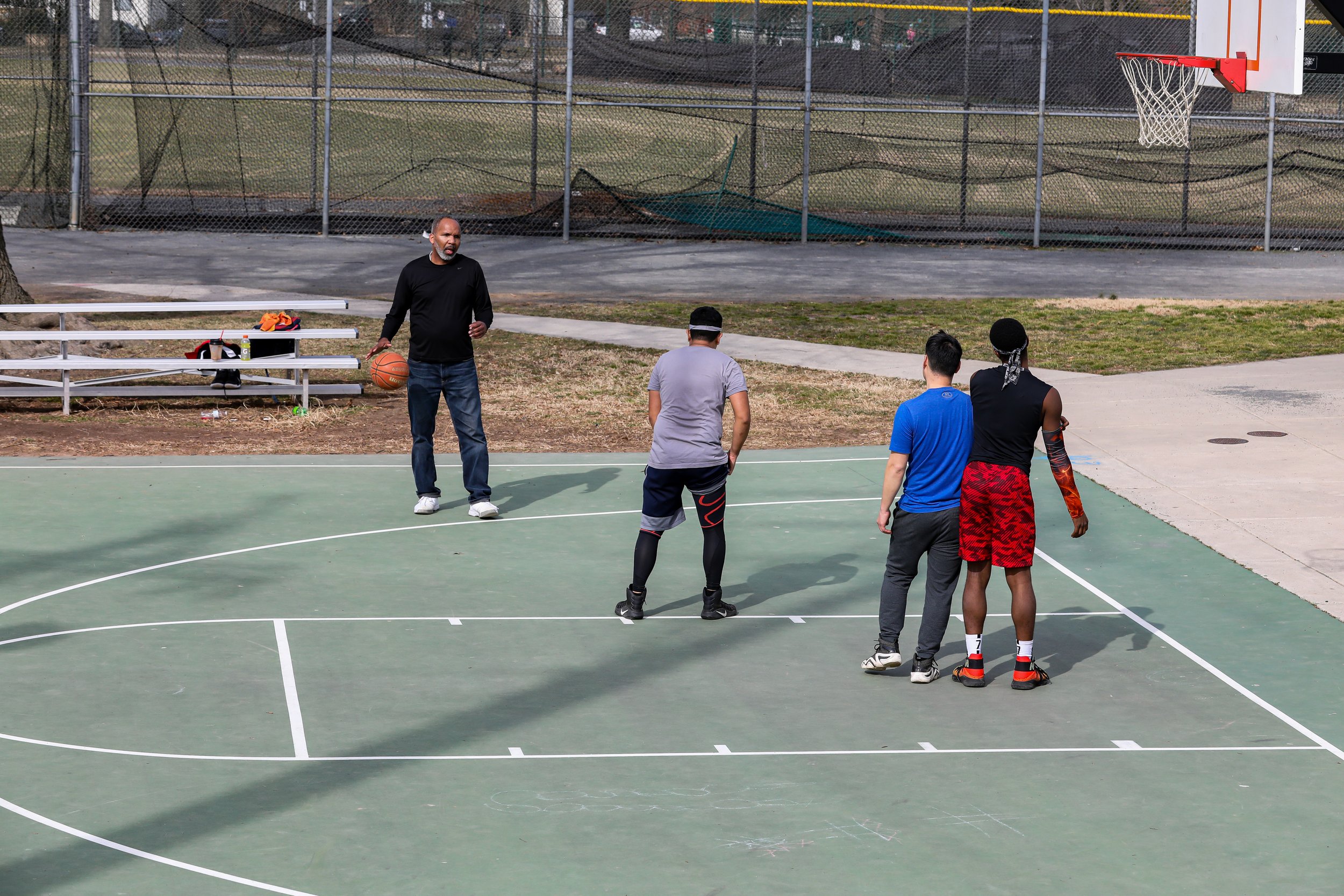
Batting practice had just wrapped up on Eugene Simpson field (the location of the 2017 Congressional Baseball Team shooting) but pickup basketball was going strong. I don’t know about you, but if there’s an older guy with grey in his beard and wearing blue jeans at the basketball court, I want no part of him.
Back up on Route 1 and heading over the railroad tracks into Alexandria and it’s lawyer dorms as far as the eye can see.
I wonder what Tony’s is being torn down for?
Old Town Alexandria
Alexandria is rich with history, dating back to colonial times and with many extant buildings from that era still standing. And even in the “newer’ parts of the city, old, picturesque row houses dominate. And yet, not everything is as it looks in the postcards . . .
I think when people think of Old Town Alexandria, they think of the photos above . . .
. . . but Alexandria still has plenty of this:
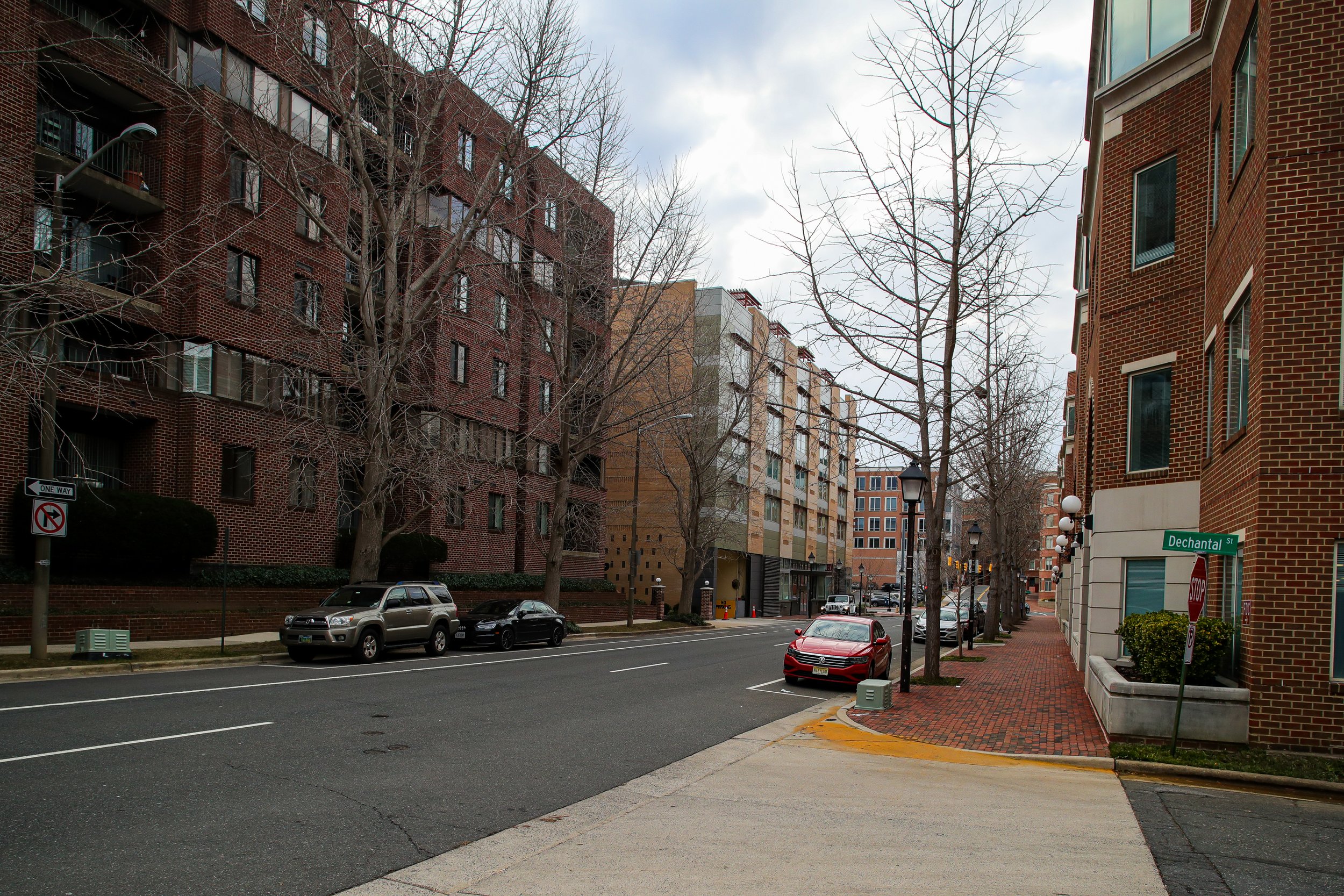
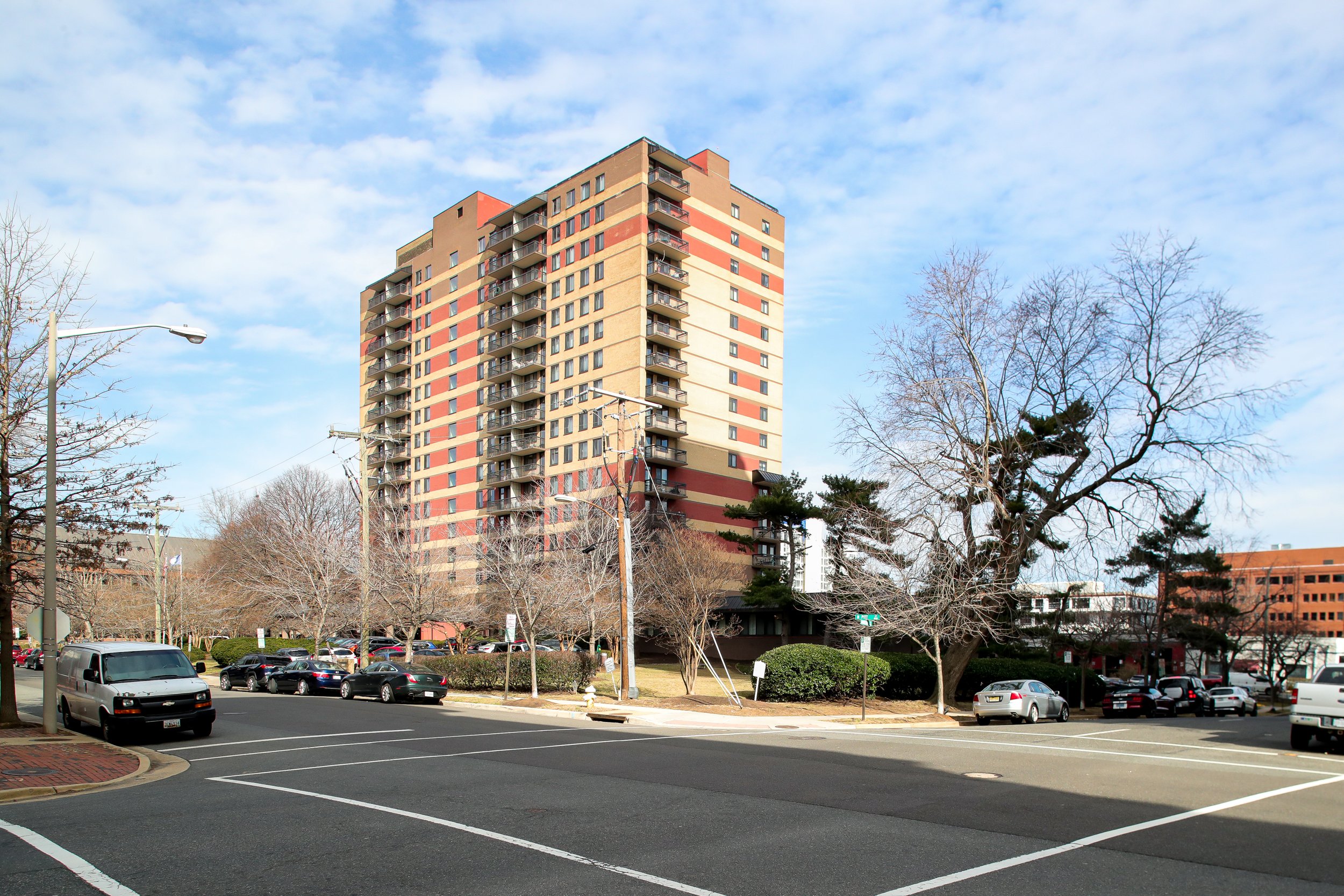
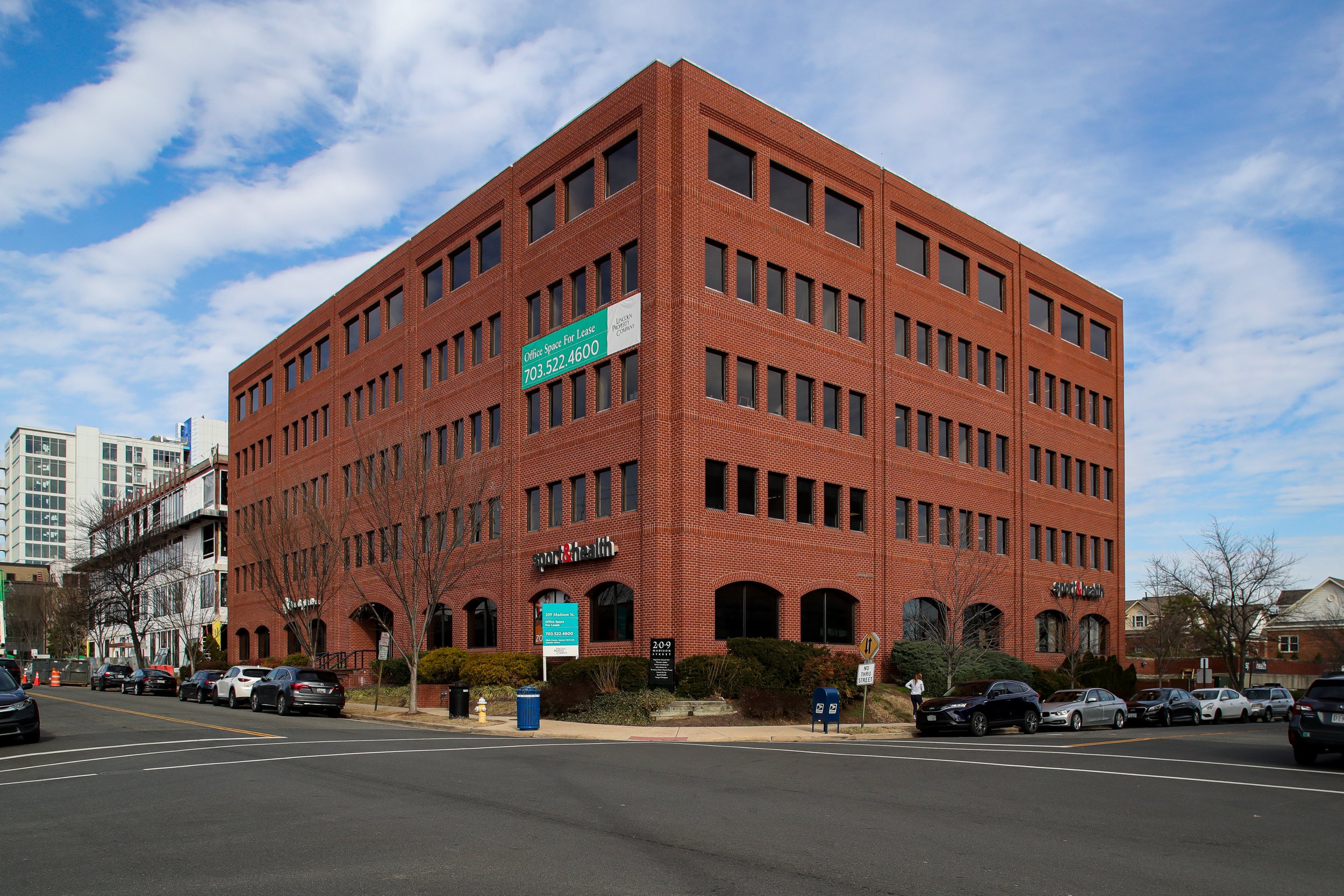
And you can go from looking at something like this:
To looking at this:
We end the walk the same way i did—courtesy of the DC Metro. Looking out over a collection of more generic buildings, I always wonder: what was destroyed to make way for . . . this?
Final Thoughts
One thing that Arnade discusses—and which I’m increasingly aware of—is the aspect of “community.” And I don’t want to extrapolate too much from one walk on a random Saturday in February but I didn’t see much of it, at least outside of Del Rey and some of the more touristy parts of Old Town. I know that I said this essay was focused more on the built environment but, honestly, other than a number of joggers, I simply didn’t see many people out and about, at least until I got to Old Town.
One thing that may strike the viewer—indeed it struck me—was how artificial so much of this felt. Northern Virginia is known for being overwhelmingly a community of transients as people come and go, in and out of government and government-adjacent jobs. Yet, it raises the question: is this environment built out in such a way to accommodate transients . . . or to encourage them?
I’ll be honest in that I did this walk, in part to satisfy my own curiosity about “what’s out there” but also to serve as a somewhat rebuttal to Arnade in that I thought there was more of a community here to show. And while there is some in parts—restaurant row on 23rd st., Del Rey, etc.—there’s no denying that the area is overwhelming one of lawyer dorms and other new construction.
Something for me to contemplate given my own interests in urbanism, architecture, and the nature of the modern American community.







